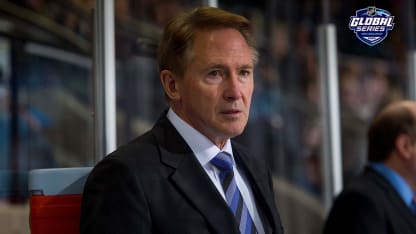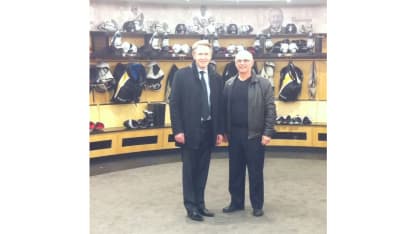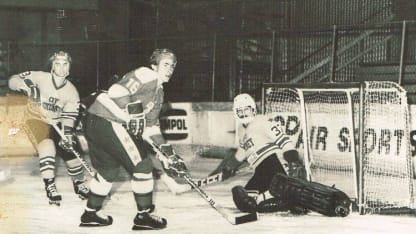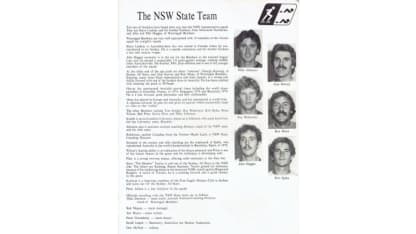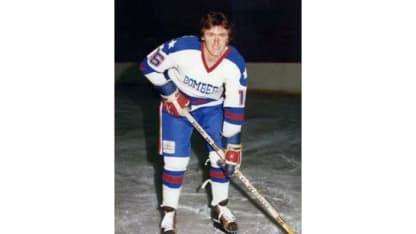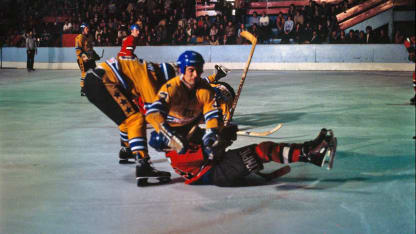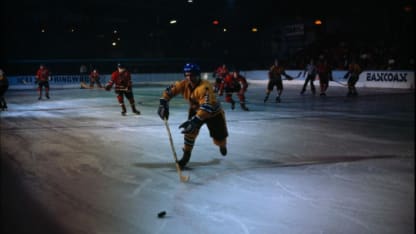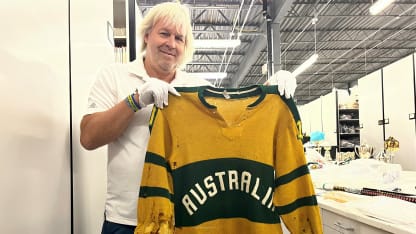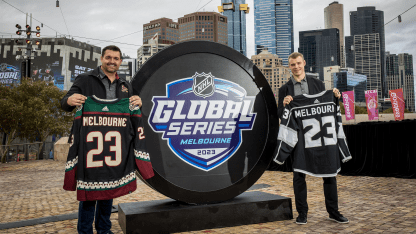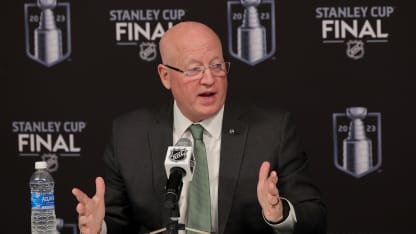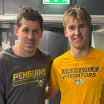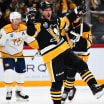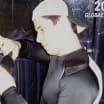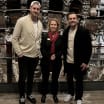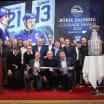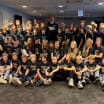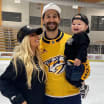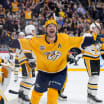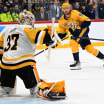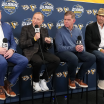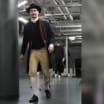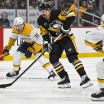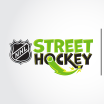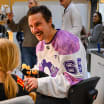The 66-year-old now is coach/general manager of Portland of the Western Hockey League.
His story provides a snapshot of hockey in Australia in the early 1980s and a colorful background to the first NHL event in the Southern Hemisphere. The Kings and Arizona Coyotes will play two preseason games at Rod Laver Arena in Melbourne, Australia, in the NHL Global Series -- Melbourne. The games are Saturday and Sunday at 12 a.m. ET, and will be available on NHL Network and ESPN+ in the United States, Sportsnet and Sportsnet+ in Canada, and 9Go, 9Now, ESPN and the ESPN App in Australia.
"Australia is a fabulous country," Johnston said. "It's just so unique and different from any other place you could go to. And I know it's a long way and it's huge travel, but I would think it's a lifetime experience going down there.
"And for the Australian fans, to see hockey played at the highest level, I think it's great for the game. I really do.
"I always thought it would catch on in Australia."
* * * * *
Hockey has been played in Australia since the early 1900s, influenced by expats like Sandi Logan, a Canadian who settled there, played hockey there and was national secretary of the Australian Ice Hockey Federation from 1979-89.
Logan led the National Ice Hockey League, a six-team, semi-professional league that operated in 1980 and 1981 -- and drew a cease-and-desist letter from NHL President John Ziegler, who felt "NIHL" was too close to "NHL."
"I said, 'Really? You think this little, little, two-bit league in Australia is going to threaten the reputation of your brand?'" Logan said with a laugh. "I was secretary of the federation, I ran the league and I played in the league. That's how ridiculous it was.
"No, serious. I played left 'D.' I can send you some black-and-white pics from the day. But we needed everybody that could skate and could hit."
From anywhere.
"We brought in coaches, referees, and to some extent players, from Canada and the United States," Logan said. "There was no money in this. There was not a dime in this, not a nickel in this. This was all about, 'Come to Australia. Bring your skates, bring your game and find a way you can help us.'
"And so we attracted a lot of young graduates from universities across Canada and some of the United States, and Mike was one of them."
